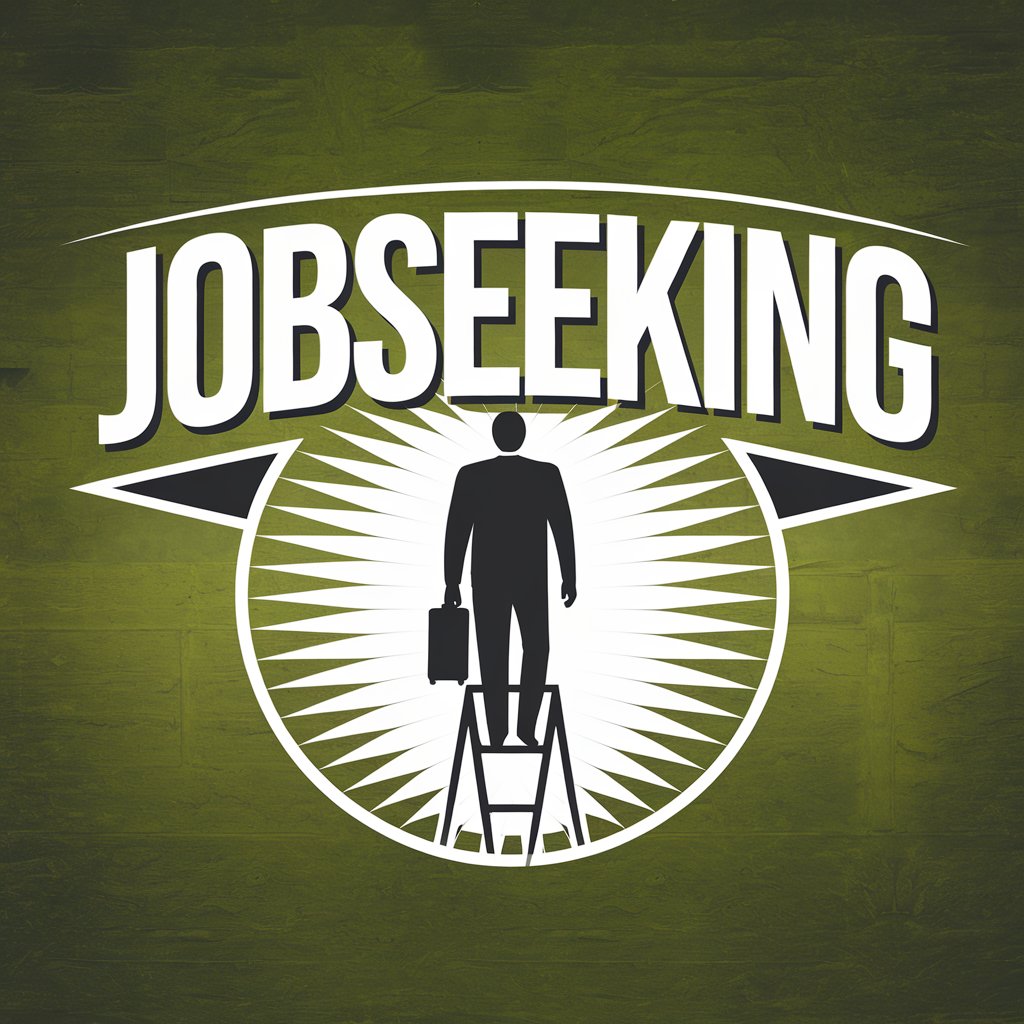Creating a Career Path: A Step-by-Step Guide
Crafting a well-defined career path is essential for long-term professional success and personal fulfillment. As Steve Jobs once said, “The only way to do great work is to love what you do.” This comprehensive guide will walk you through the process of creating a career path that aligns with your passions, skills, and goals.
Step 1: Self-Assessment
The first step in creating a career path is to gain a deep understanding of yourself. John Vlastelica, CEO and Founder of Recruiting Toolbox, advises:
“The quality of your career decisions is a direct reflection of the quality of your self-awareness.”
To conduct an effective self-assessment:
- Identify your interests, values, and passions
- Assess your skills, strengths, and weaknesses
- Reflect on your personality traits and work preferences
- Consider taking career assessment tests or working with a career counselor
Step 2: Explore Career Options
Once you have a clear understanding of yourself, it’s time to explore potential career paths. Kelly Jones, CPO at Cisco, suggests:
“Allowing yourself to explore and grow is key to success. As professionals, we have the power to enable personal and professional development, which ultimately leads to individual and organizational growth.”
To explore career options effectively:
- Research various industries and job roles that align with your interests
- Conduct informational interviews with professionals in fields that interest you
- Attend career fairs and industry events
- Use online resources like O*NET OnLine and the Bureau of Labor Statistics
Step 3: Set Career Goals
With a better understanding of potential career paths, it’s time to set both short-term and long-term goals. Jeff Moore, VP of Talent Acquisition at Toast, advises:
“Never forget that behind every career goal is a person who deserves respect and consideration throughout their professional journey.”
When setting career goals:
- Make them SMART (Specific, Measurable, Achievable, Relevant, Time-bound)
- Break long-term goals into smaller, manageable milestones
- Be flexible and open to adjusting your goals as you progress
Step 4: Develop Your Skills
To achieve your career goals, you’ll need to continuously develop your skills. Marc Benioff, CEO of Salesforce, emphasizes:
“We’re looking for candidates who are passionate about continuous learning and can articulate how they’re constantly improving their skills.”
To develop your skills effectively:
- Identify the key skills required for your desired career path
- Seek out training programs, workshops, and online courses
- Look for opportunities to gain hands-on experience through projects or internships
- Consider pursuing relevant certifications or advanced degrees
Step 5: Build Your Network
Networking is crucial for career development. Robert Walters, founder of the eponymous recruitment company, suggests:
“Visualize where you want to be, and then build relationships with people who can help you get there.”
To build a strong professional network:
- Attend industry events and conferences
- Join professional associations related to your field
- Utilize social media platforms like LinkedIn to connect with professionals
- Seek out mentors who can provide guidance and support
Step 6: Gain Relevant Experience
Experience is often the best teacher. Leah Lambart, Career and Interview Coach at Relaunch Me, recommends:
“Demonstrate how you’ve made a difference in each role and provide specific examples of how you’ve contributed to organizational success.”
To gain relevant experience:
- Look for internships or entry-level positions in your chosen field
- Take on volunteer work or side projects related to your career goals
- Seek out opportunities for job shadowing or work placements
- Consider starting your own projects or business to develop entrepreneurial skills
Step 7: Create a Career Development Plan
A career development plan serves as a roadmap for your professional journey. Dr. Angela Duckworth, a psychologist known for her work on grit, advises:
“Setting goals and creating a plan can help maintain motivation by providing structure and a sense of progress.”
To create an effective career development plan:
- Outline your short-term and long-term career goals
- Identify the steps needed to achieve each goal
- Set timelines for achieving your milestones
- Include strategies for skill development and networking
- Regularly review and update your plan as you progress
Step 8: Be Adaptable and Resilient
In today’s rapidly changing job market, adaptability is crucial. Winston Churchill’s words ring true:
“Success is not final, failure is not fatal: it is the courage to continue that counts.”
To stay adaptable and resilient:
- Stay informed about industry trends and changes
- Be open to new opportunities and challenges
- Learn from setbacks and use them as growth opportunities
- Continuously reassess and adjust your career path as needed
Step 9: Seek Feedback and Support
Throughout your career journey, it’s important to seek feedback and support. As Sheryl Sandberg, former COO of Meta, notes:
“Feedback is a gift. Ideas are the currency of our next success. Let people see you value both feedback and ideas.”
To effectively seek feedback and support:
- Regularly ask for feedback from supervisors, mentors, and colleagues
- Join or create a peer support group for professionals in your field
- Consider working with a career coach for personalized guidance
- Be open to constructive criticism and use it to improve
Conclusion
Creating a career path is an ongoing process that requires self-reflection, planning, and adaptability. By following these steps and incorporating expert advice, you’ll be well-equipped to navigate your professional journey with confidence and purpose. Author and motivational speaker Zig Ziglar offered up this compelling thought:
“You don’t have to be great to start, but you have to start to be great.”
Take the first step today in creating your career path, and embrace the exciting journey of professional growth and development that lies ahead.


Leave a Reply